Backcountry hunters obsess over dialing in their gear. There’s ultralight gore-tex this and treated down that. But there’s one piece of gear to which many hunters don’t pay enough attention: wilderness first aid and the medkit they carry. Jimmy Gruenewald set out to change that.
Gruenewald is an Afghanistan vet that served with the 82nd Airborne Division and the 160th Special Operations Regiment as a physician’s assistant. Since returning to civilian life, Gruenewald and his wife founded Orion Medical Consulting to prepare hunters should they find themselves in a backcountry medical emergency.
How To Build Your Wilderness First Aid Kit
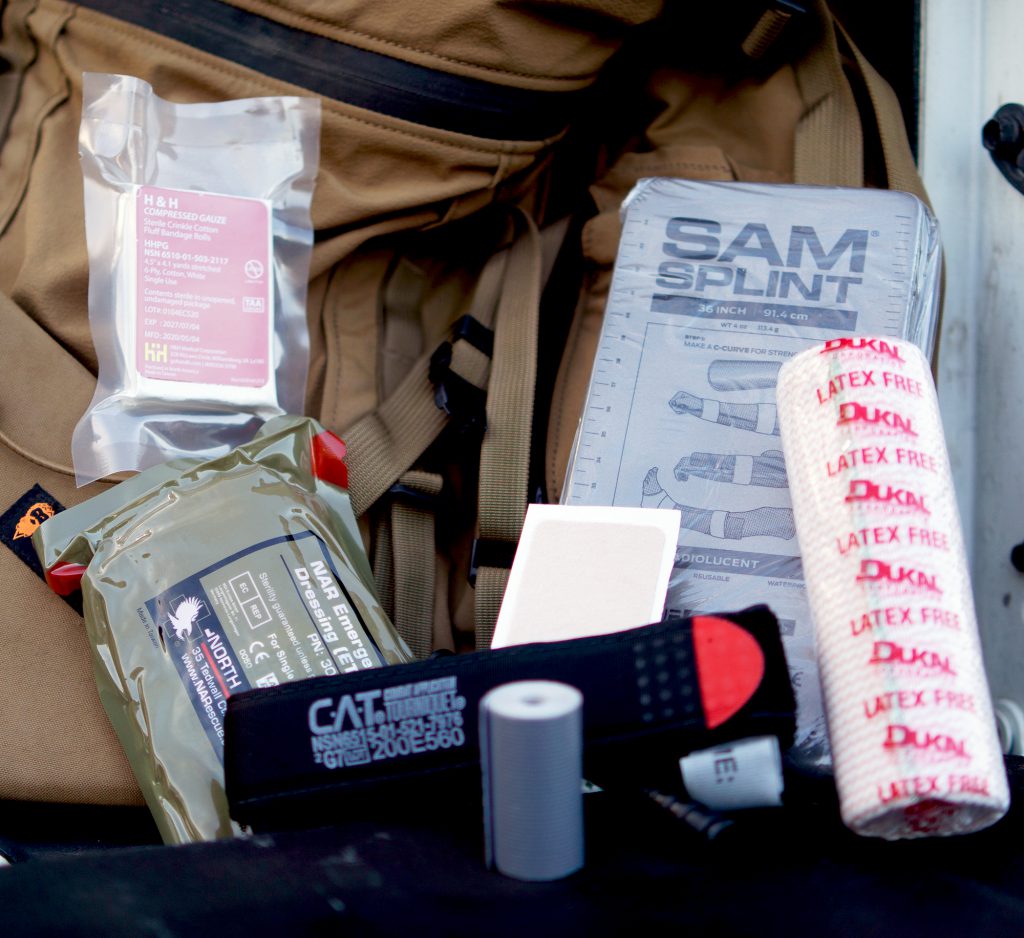
Below you’ll find Gruenewald’s list of must-haves for your backcountry medkit. All of the items are light and easy to use, so there’s no good excuse not to stuff them into your pack. Remember, even an excellent first aid kit is no substitute for first aid training or specific wilderness medical training.
Related: How To Pack for a Big Outdoor Trip – Adventure 101
Satellite Communication Device
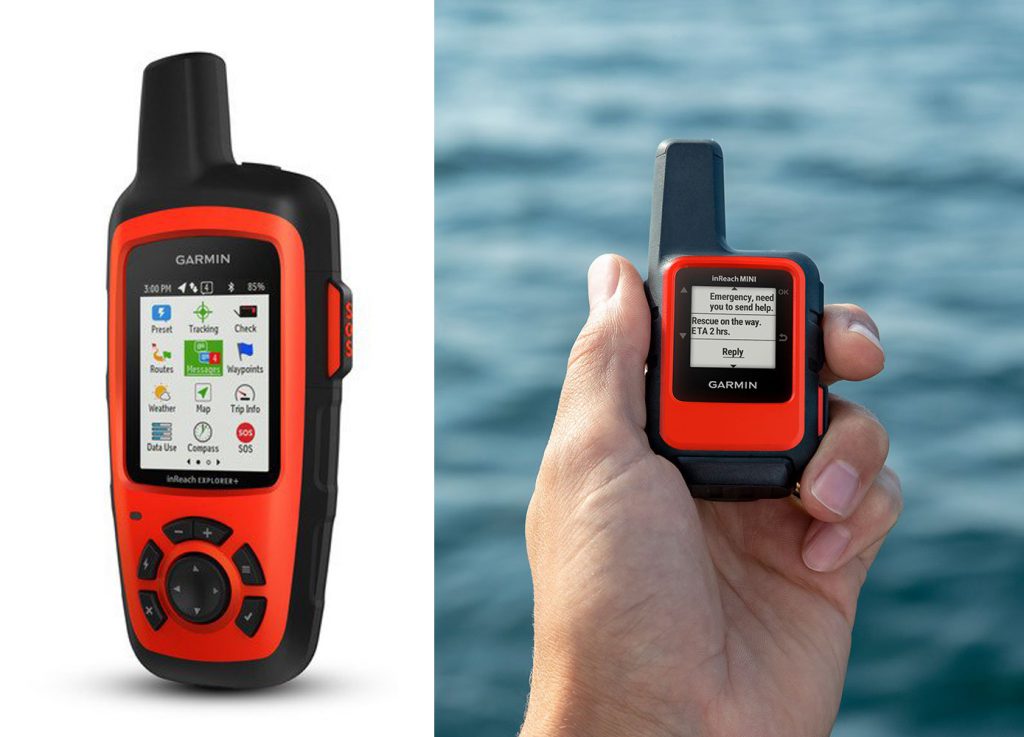
You can’t count on cell service when you’re miles from the closest road. And no one is coming to get you if you don’t call them. Whether it’s a satellite phone or a Garmin InReach, carry a satellite communication device.
Prescription Pain Meds and Antiemetics
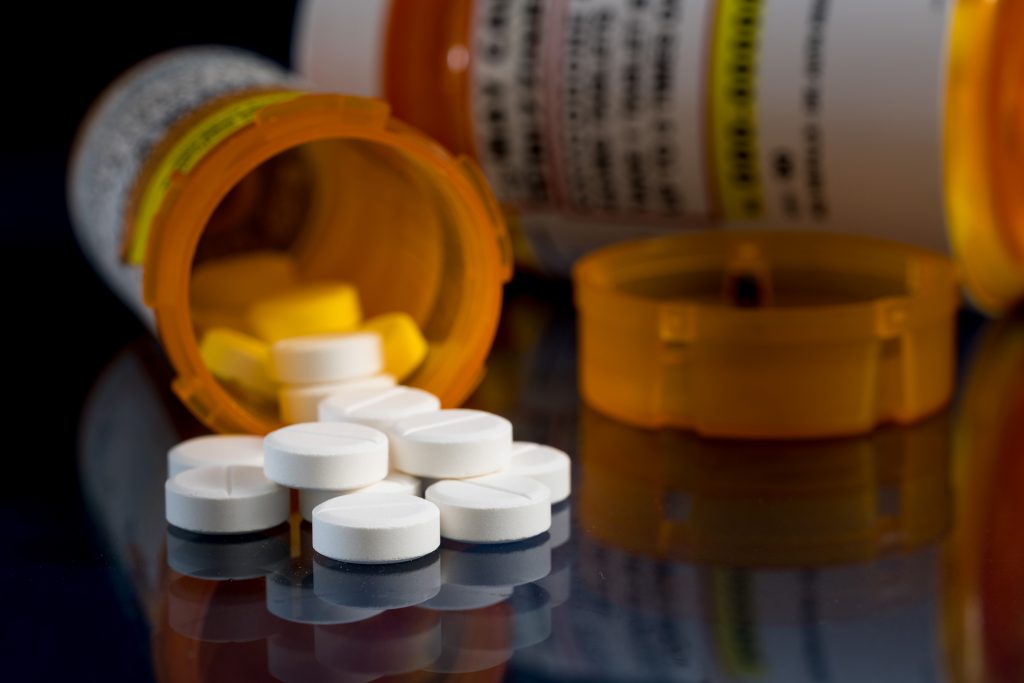
It might take medical professionals hours to reach you. What’s worse, there’s the chance you’ll have to hobble your way back to civilization because no one is coming to help you. Or you might have to deal with severe nausea and vomiting.
Don’t act tough about this. Carry strong pain meds and antiemetics. I’ve experienced severe pain in the Alaskan backcountry; trust me, carry the heavy hitters. (This recommendation comes from me, not Gruenewald. And I’m not recommending that you break any laws to have these meds. But I am recommending getting some prescriptions from your doctor.) Of course, include any meds you take for personal medical issues. Redundancy is good.
Over-The-Counter Meds
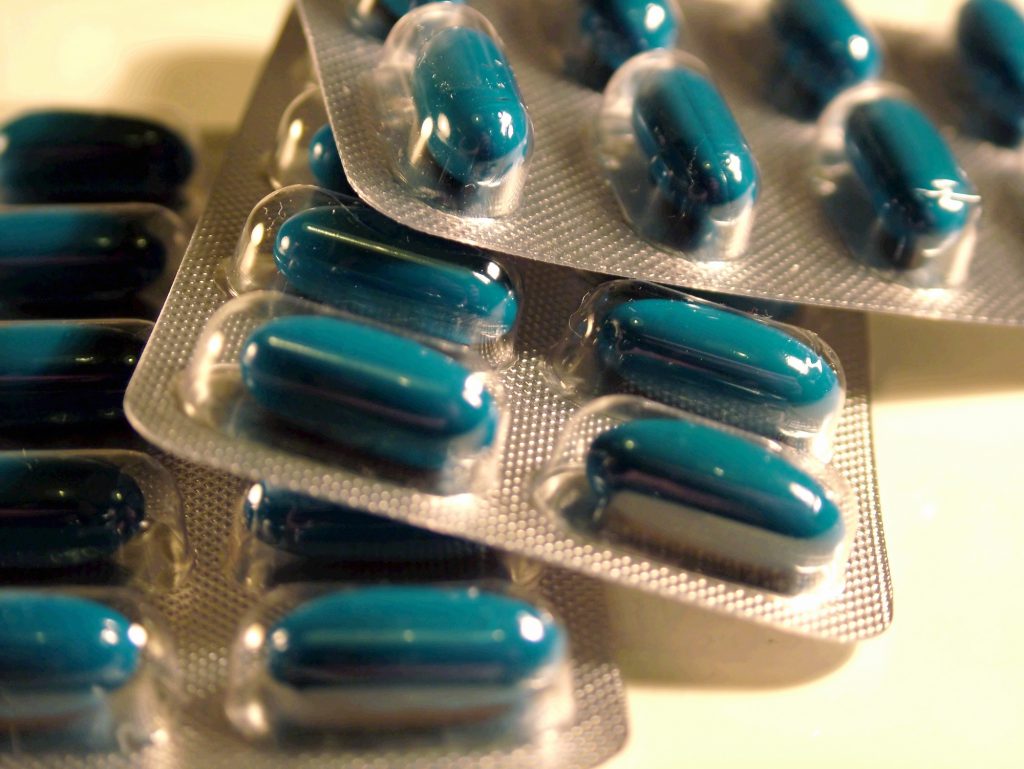
Tuck some OTC meds in with your pain meds: some kind of anti-inflammatory, an anti-diarrheal medication, and an analgesic.
Add in a painkiller or anti-inflammatory with a built-in sleep aid in case you have to sleep with an injury.
Tourniquet
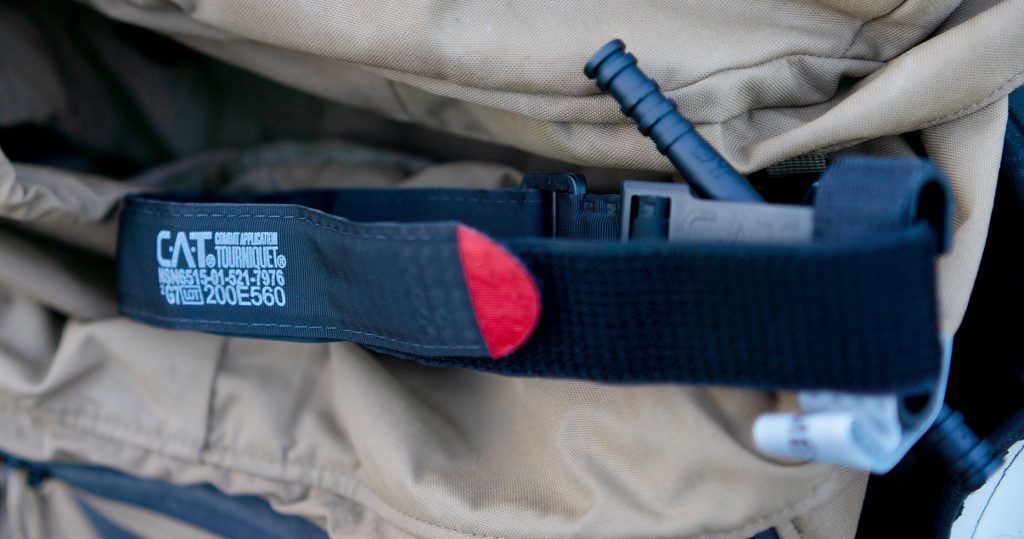
As you trek through the wilderness with knives, guns, and broadheads, you have to be prepared to stop severe bleeding. Improvising with your belt as a tourniquet likely won’t do.
Gruenewald recommends the Gen 7 North American Rescue Combat Application Tourniquet (CAT) because it’s been tested and proven in combat scenarios.
NAR Emergency Trauma Dressing
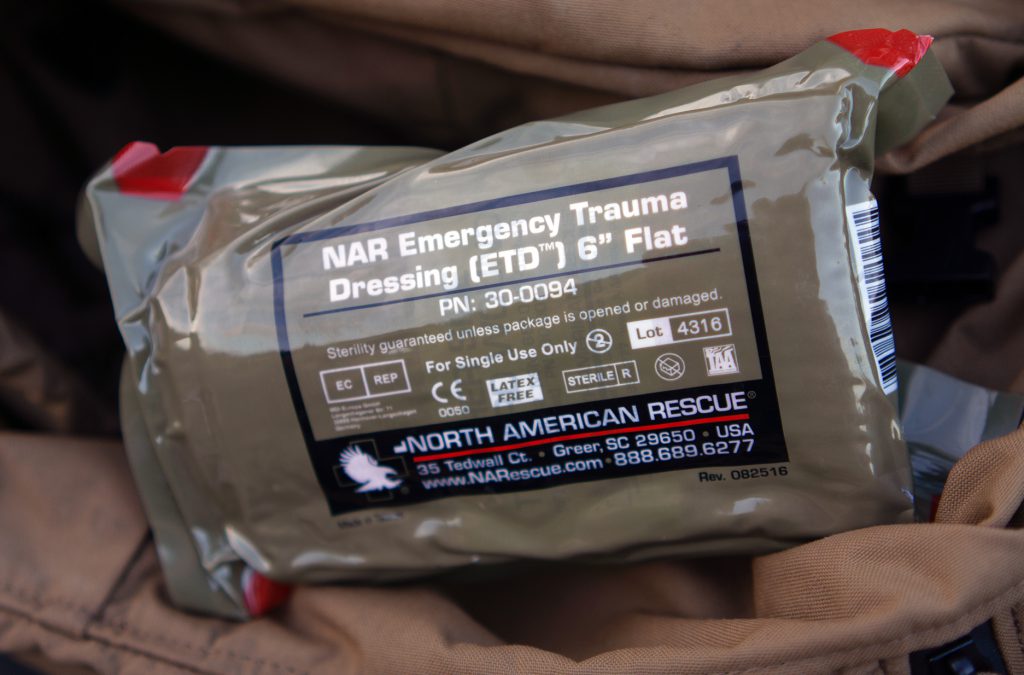
This is a lightweight, multi-use tool that you can use to dress a severe wound, use as a sling, or used to reinforce a splint (more on splints in a second). It costs less than $10 and weighs just a few ounces. It comes in vacuum-sealed, sterilized packaging. There’s no excuse not to carry one.
Gauze
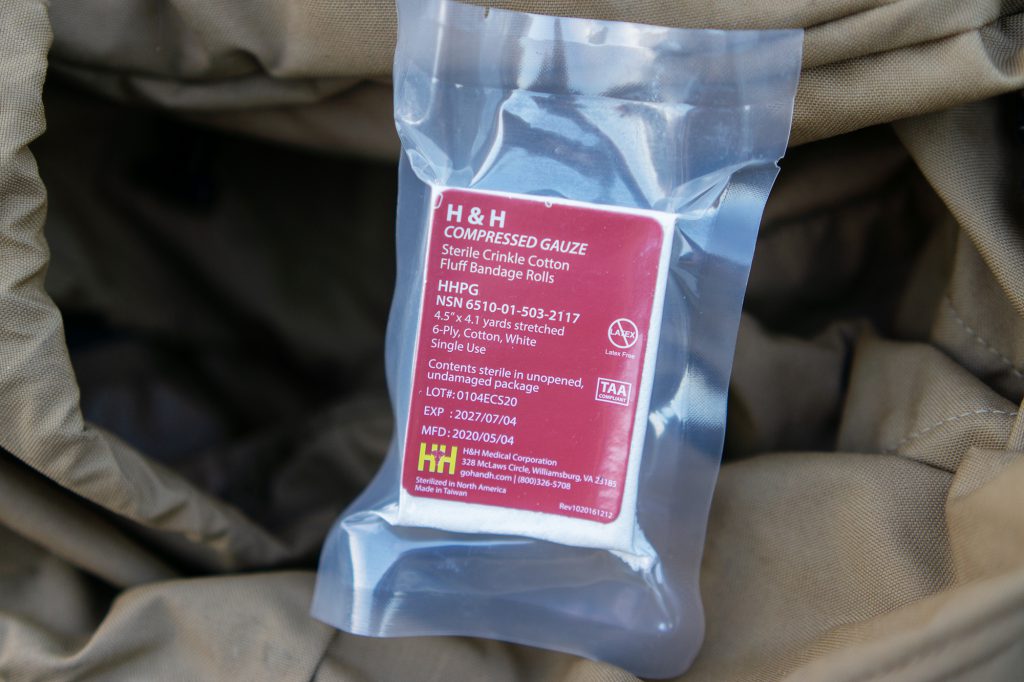
Carry gauze for your mild to moderate lacerations, punctures, and burns that blister. Gruenewald recommends H&H compressed gauze. Like the NAR emergency trauma dressing, it is sterilized and vacuum sealed.
Combat Medic Reinforcement Tape

This stuff looks like duct tape, but Combat Medic Reinforcement Tape comes in a smaller, more manageable size and is designed for reinforcing bandages, splints, etc. Besides, tape always comes in handy. You never know when you’ll have to channel your inner MacGyver.
SAM Splint
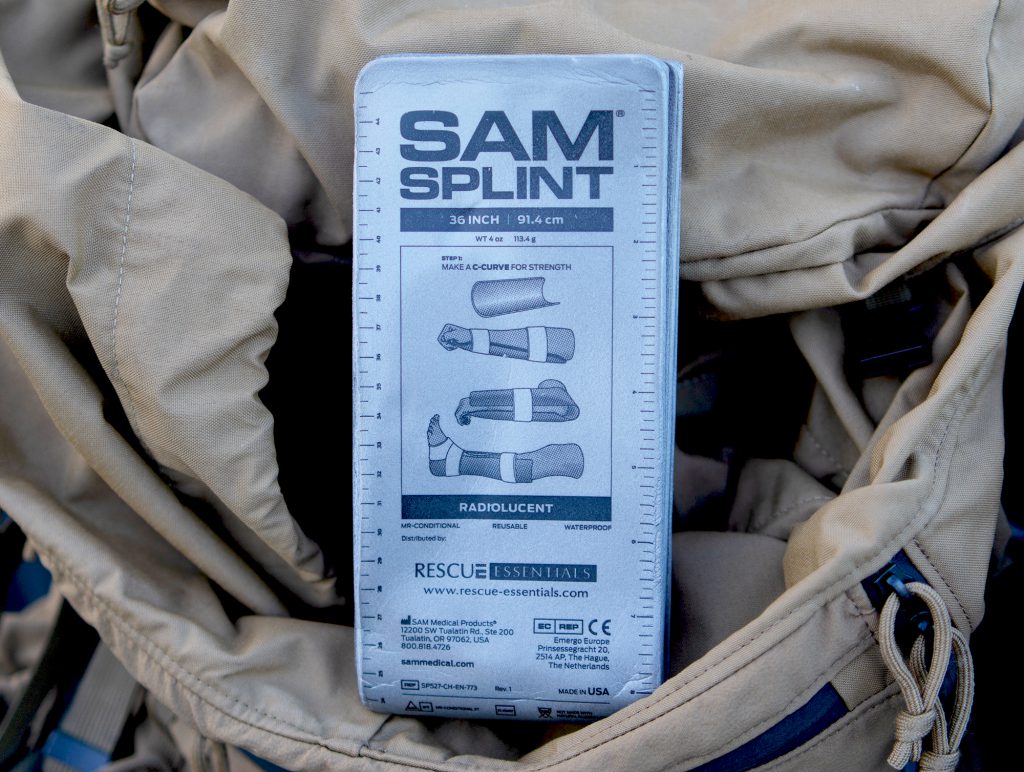
Ankle and knee soft tissue injuries are common in the backcountry. Despite any heroic intentions, the splint you plan to fashion out of two sticks, and some paracord likely isn’t going to cut it.
SAM splints are lightweight and easy to use. Carry one.
Elastic Bandage
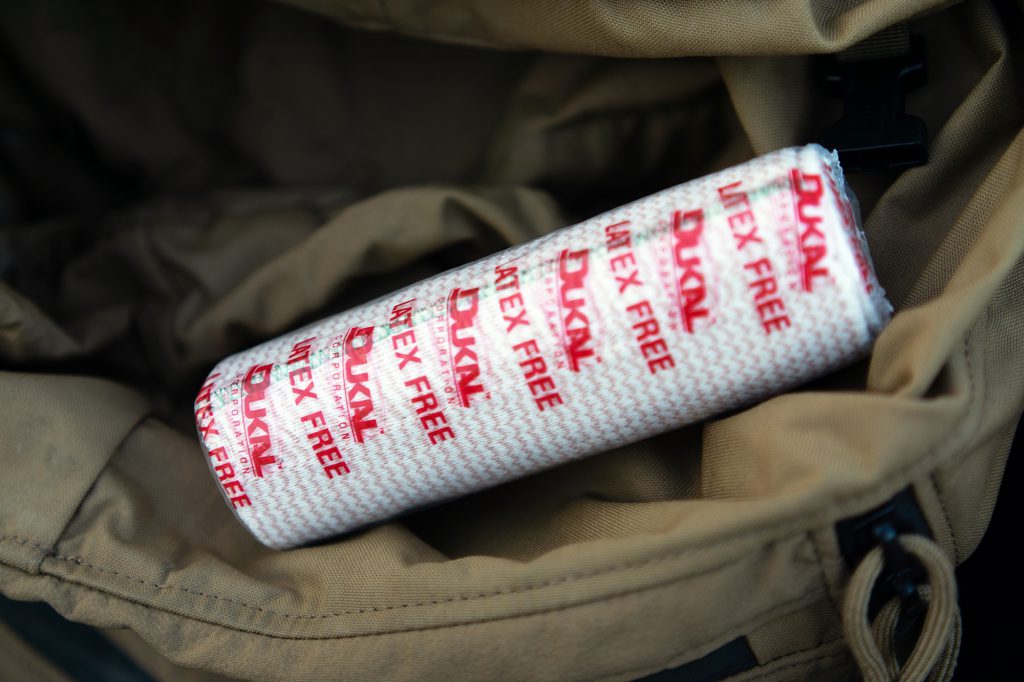
Your elastic bandage is there to keep your dressings in place, reinforce your splints, and stabilize a joint sprain while reducing swelling. An old-school ACE bandage may seem trivial, but it can make a big difference when you need one.
Moleskin

Blisters are a bitch — especially when you have no choice but to cover miles on your feet. Carrying a little moleskin saves you miles of pain. Clean the area around a blister, cut a piece of moleskin that’s about 3/4-inch larger than your blister, and then cut a hole out of the center for your blister. Align your blister with the hole and apply the adhesive side of the moleskin, and you’re good to go.
Learn and Practice
Your first time applying a tourniquet shouldn’t be when your buddy is bleeding. The same goes for the rest of what you carry in your medkit. Look for wilderness first aid courses offered in your area or general first aid courses and devote some practice time to what you learn there.
Get instruction on use, application, and practice before heading into the backcountry. Every outdoor enthusiast should make wilderness medicine part of their skillset and put together a wilderness advanced first aid kit to match that can be tailored to various outdoor activities.
Read Next: 10 Outdoor Survival Skills Everyone Should Master

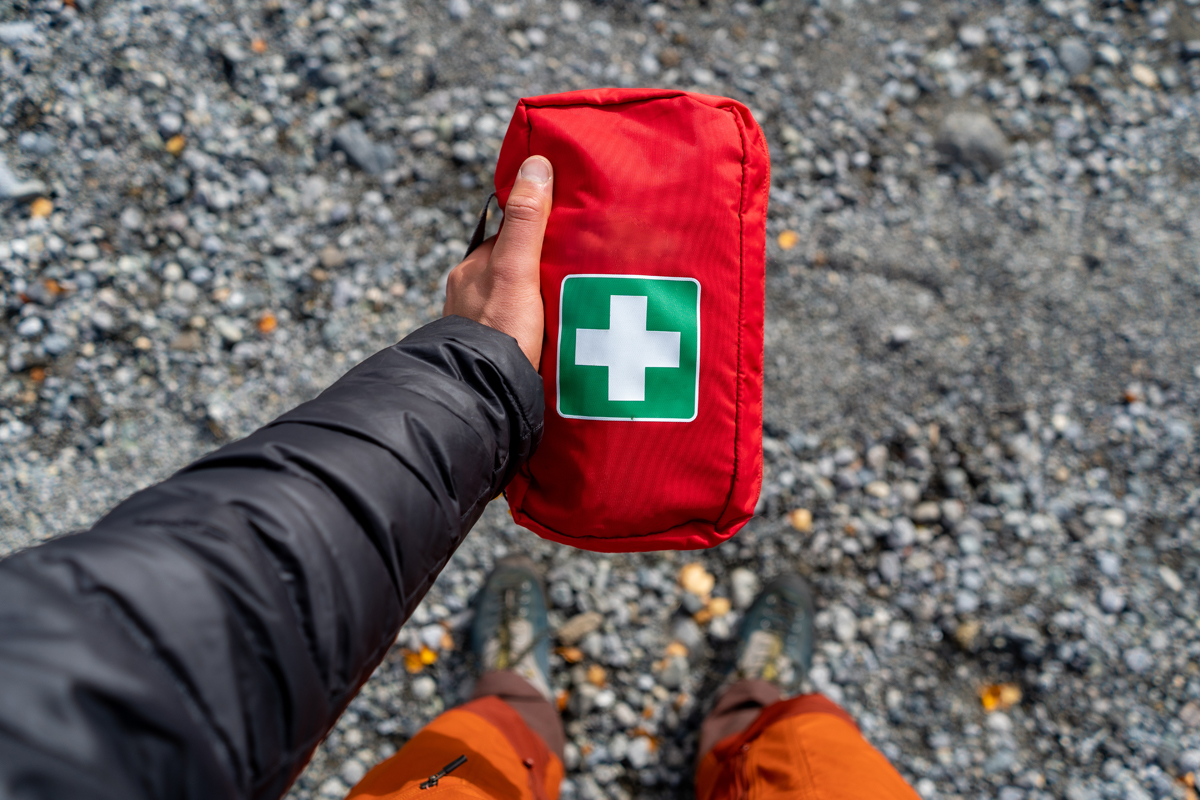
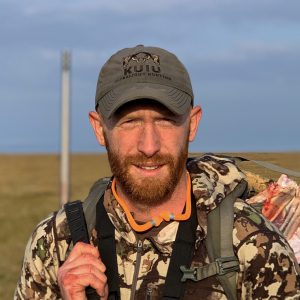





Comments